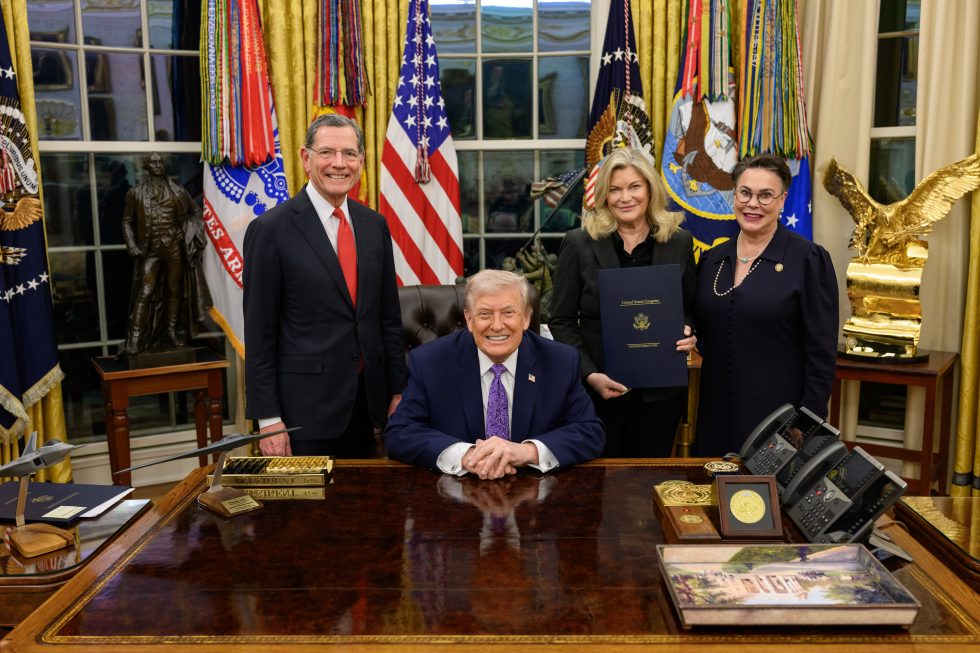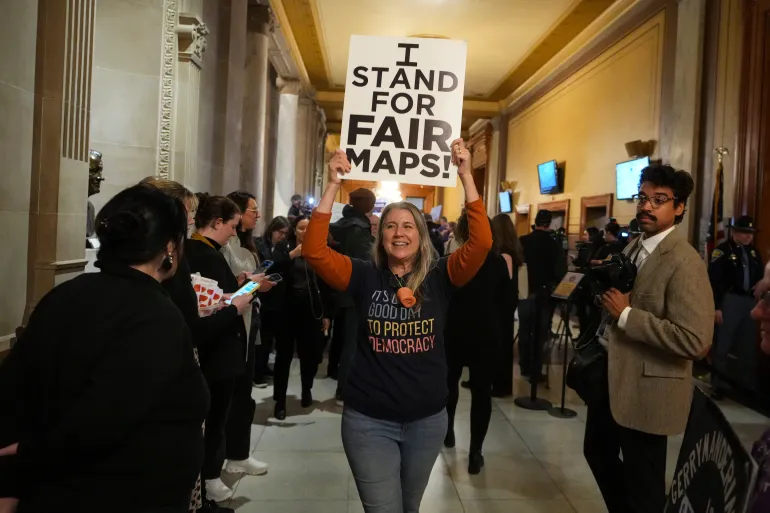As artificial intelligence (AI) becomes increasingly embedded in global business operations, its impact on employment is growing more visible—both in terms of productivity gains and workforce disruption, the Financial Times reports.
From robotics-enhanced logistics to AI-powered customer service tools, organizations across sectors are rethinking how work is performed and by whom.
One notable example is UK-based grocery technology company Ocado, which reported during a recent earnings call that AI and robotics advancements have reduced the labor time required to fulfill a 50-item order from 25 minutes in 2012 to just 10 minutes today. As a result, the company expects to operate with 500 fewer workers this year, following job reductions announced in 2023.
These developments echo growing anxieties across industries: while AI promises to improve efficiency and profitability, it also raises the possibility of reduced hiring or outright job displacement.
According to LinkedIn chief economist Karin Kimbrough, businesses are rapidly moving from asking what their AI strategies should be to piloting and integrating AI into operations.
“It is starting to change the landscape of work,” she noted.
The current shift is largely one of job transformation rather than elimination, experts say. Many companies are using AI to automate routine tasks, allowing employees to focus on more strategic or interpersonal responsibilities. For example, Schroders, a global asset manager, is using AI to analyze data and draft reports—enhancing, rather than replacing, human work.
Peter Cheese, head of the UK’s Chartered Institute of Personnel and Development, said the evolution is still in early stages:
“This latest generation of AI could change every job. I don’t think that is too much of an exaggeration.”
While some employers cite macroeconomic uncertainty for recent layoffs, high-profile examples like IBM and Duolingo have drawn attention for specifically citing AI-related efficiencies. Dario Amodei, CEO of AI company Anthropic, warned in a recent interview that AI could replace half of entry-level office roles within five years.
Yet others, like PwC workforce expert Peter Brown, stress that AI is primarily reshaping roles, not eliminating them.
“It enables humans to focus on more value-add elements of their jobs,” he said.
That sentiment is echoed by Mike Clancy, general secretary of the Prospect trade union, who emphasized that in technical fields like infrastructure or manufacturing, AI is augmenting longstanding human expertise, not replacing it outright. However, he acknowledged that more administrative “email jobs,” such as those in legal or customer service sectors, may see rapid change.
Companies are taking varied approaches. At Moderna, AI has prompted a reorganization of HR and tech departments. At Klarna, an AI assistant now handles two-thirds of customer inquiries, though the company admits quality was impacted. Tech firms like Google and Meta are also leveraging AI in recruiting and marketing, sometimes resulting in restructuring and reduced headcounts.
By contrast, many traditional sectors are still grappling with governance and compliance challenges in deploying generative AI tools, according to James Milligan at recruitment firm Hays.
AI is also changing the skills landscape. Workers who can deploy or work alongside AI tools are in higher demand and earning more. A recent PwC report found that AI-skilled workers are now earning 56% more than their peers—up from 25% the previous year.
Job listings for roles such as “prompt engineer” or “head of AI” are on the rise, while employment growth in more traditional white-collar roles, such as financial analysts or legal associates, is slowing. The same PwC report found that while AI-exposed occupations are seeing productivity gains, their growth rate is decelerating compared to less AI-exposed roles.
This transformation may pose challenges for mid-career professionals and workers in smaller firms, who may find it harder to keep pace with rapidly evolving skill requirements.
The emergence of a so-called “two-speed economy”—where some companies aggressively embrace AI and others fall behind—is a growing concern. Claudia Harris, CEO of tech training provider Makers, said the divide is not strictly along sector lines but is influenced by organizational culture and leadership’s ability to manage technological transitions.
According to LinkedIn’s Kimbrough, workers are now “rotating toward skills generative AI can’t do”—focusing on uniquely human strengths like empathy, judgment, and creativity. This shift suggests a broader transformation in the nature of employment, rather than a straightforward decline.










The latest news in your social feeds
Subscribe to our social media platforms to stay tuned